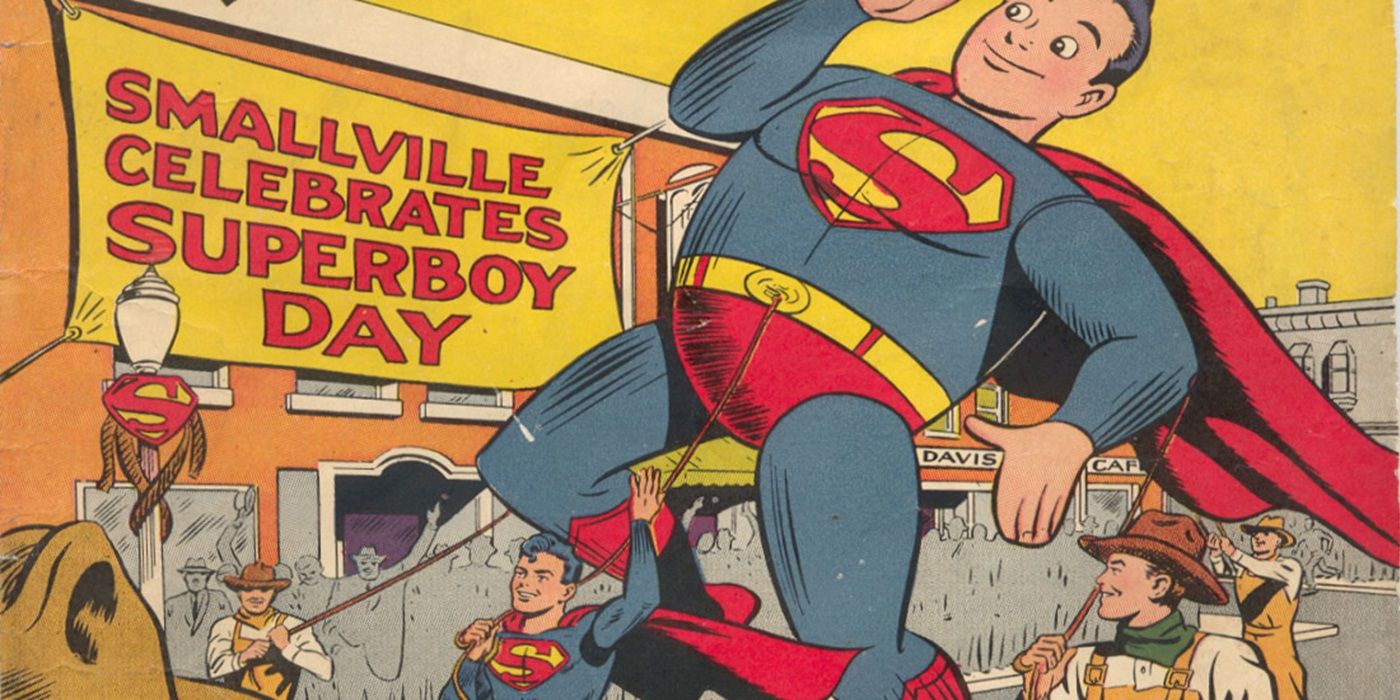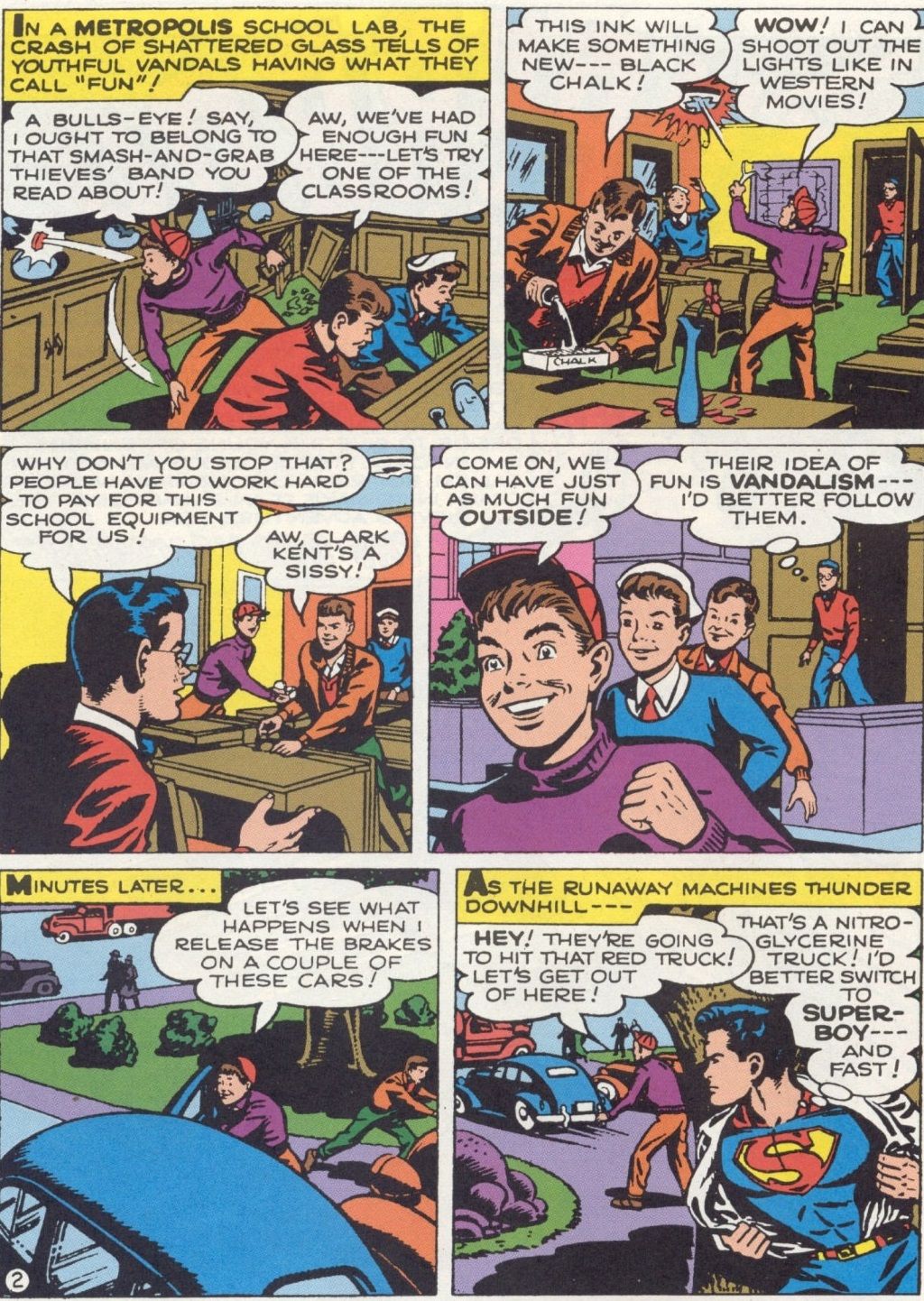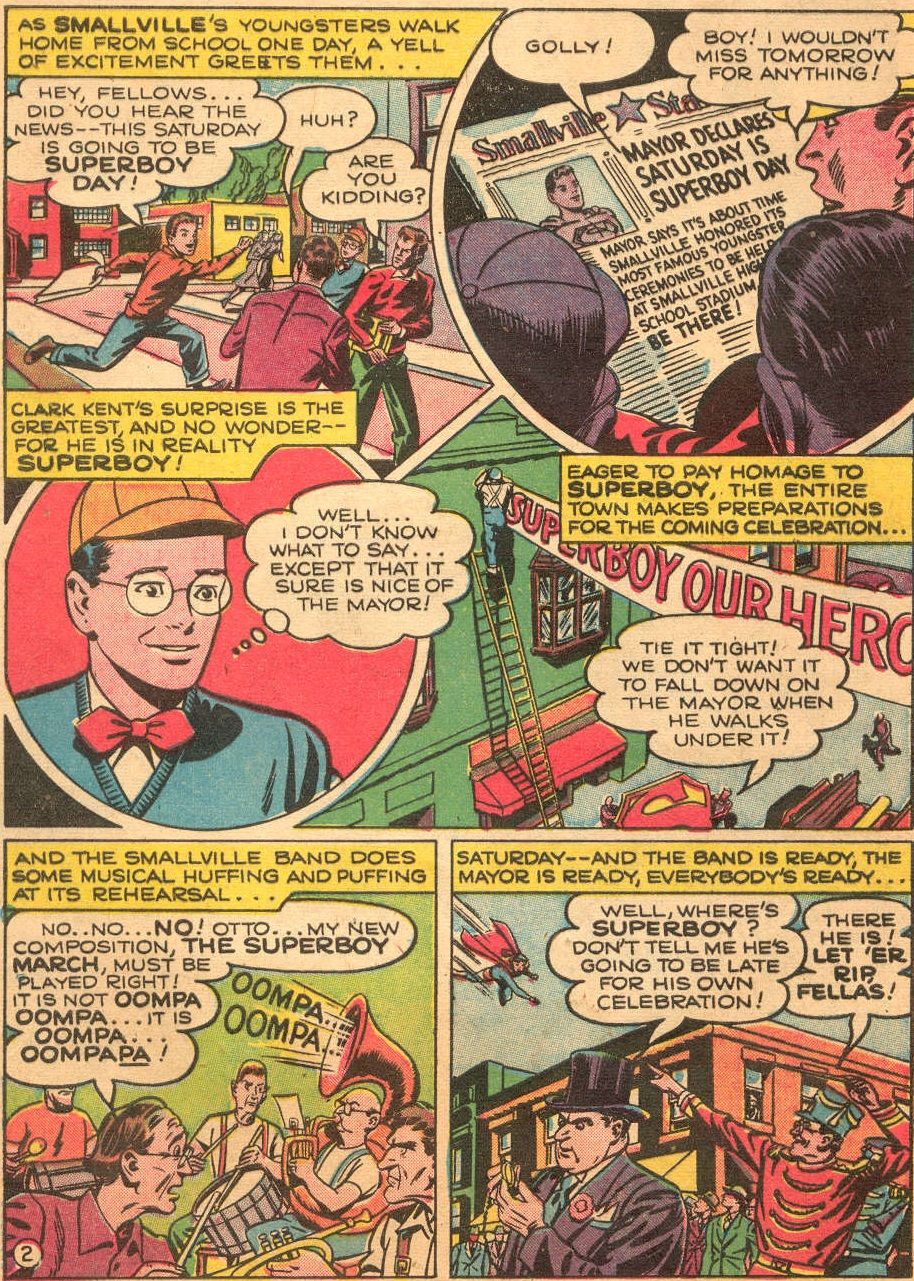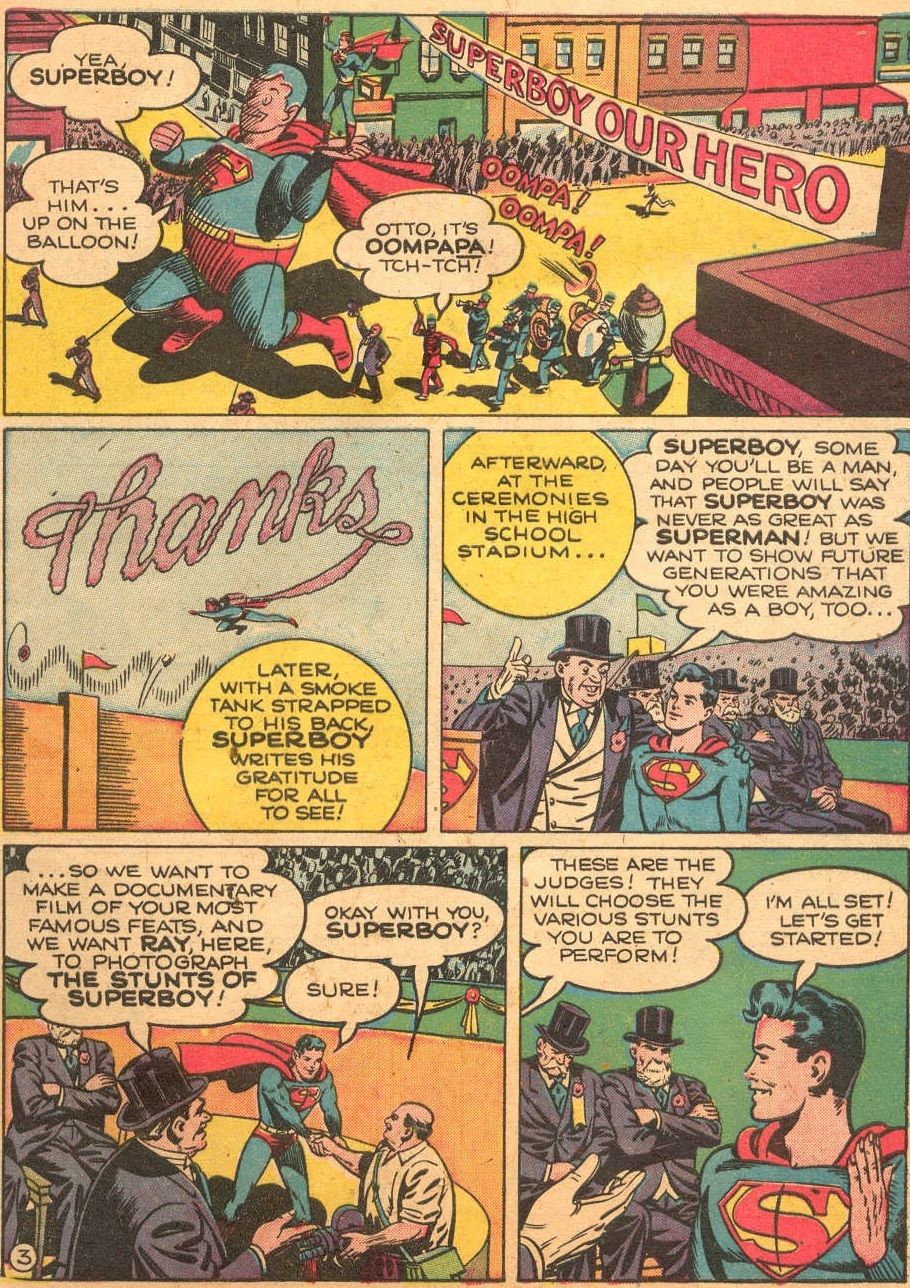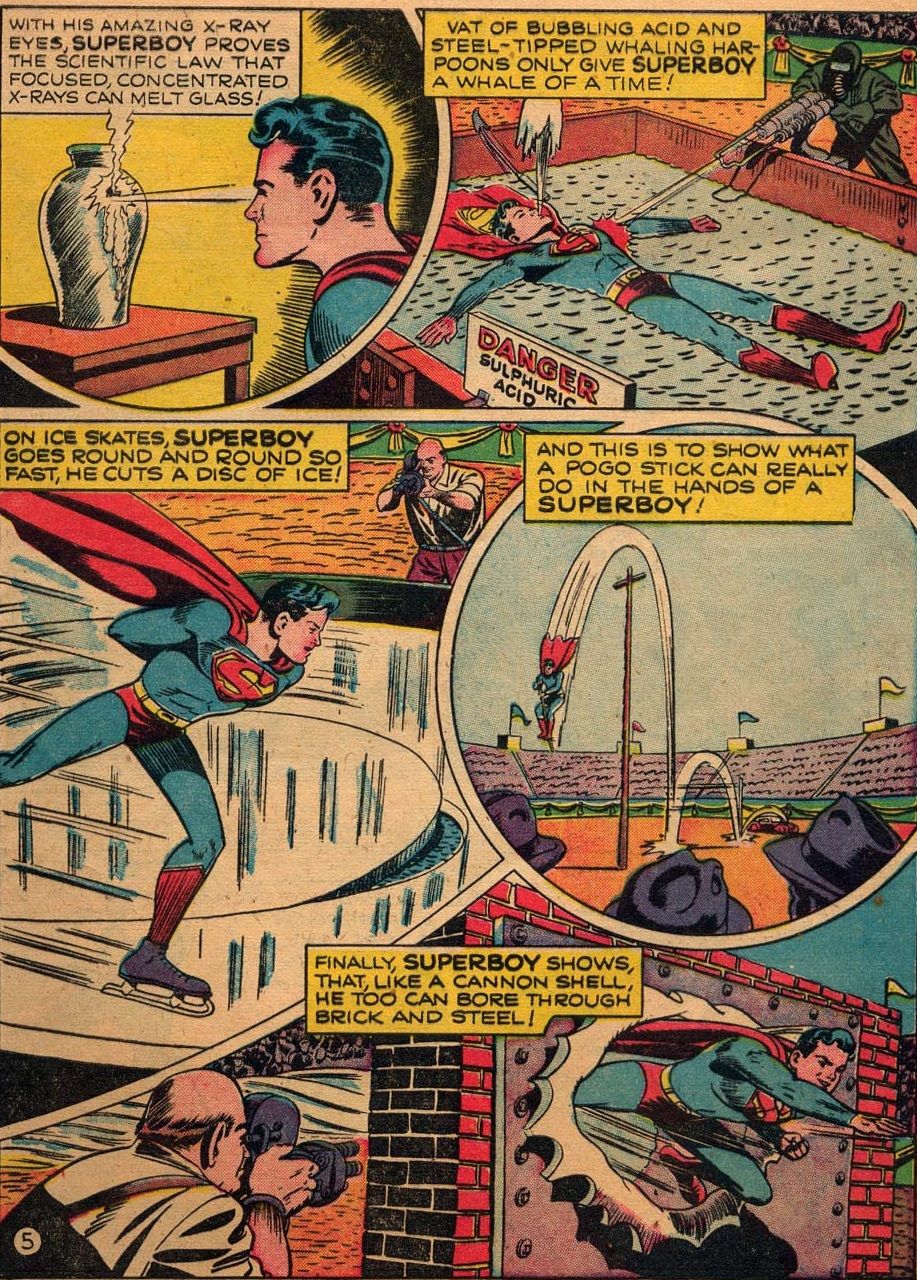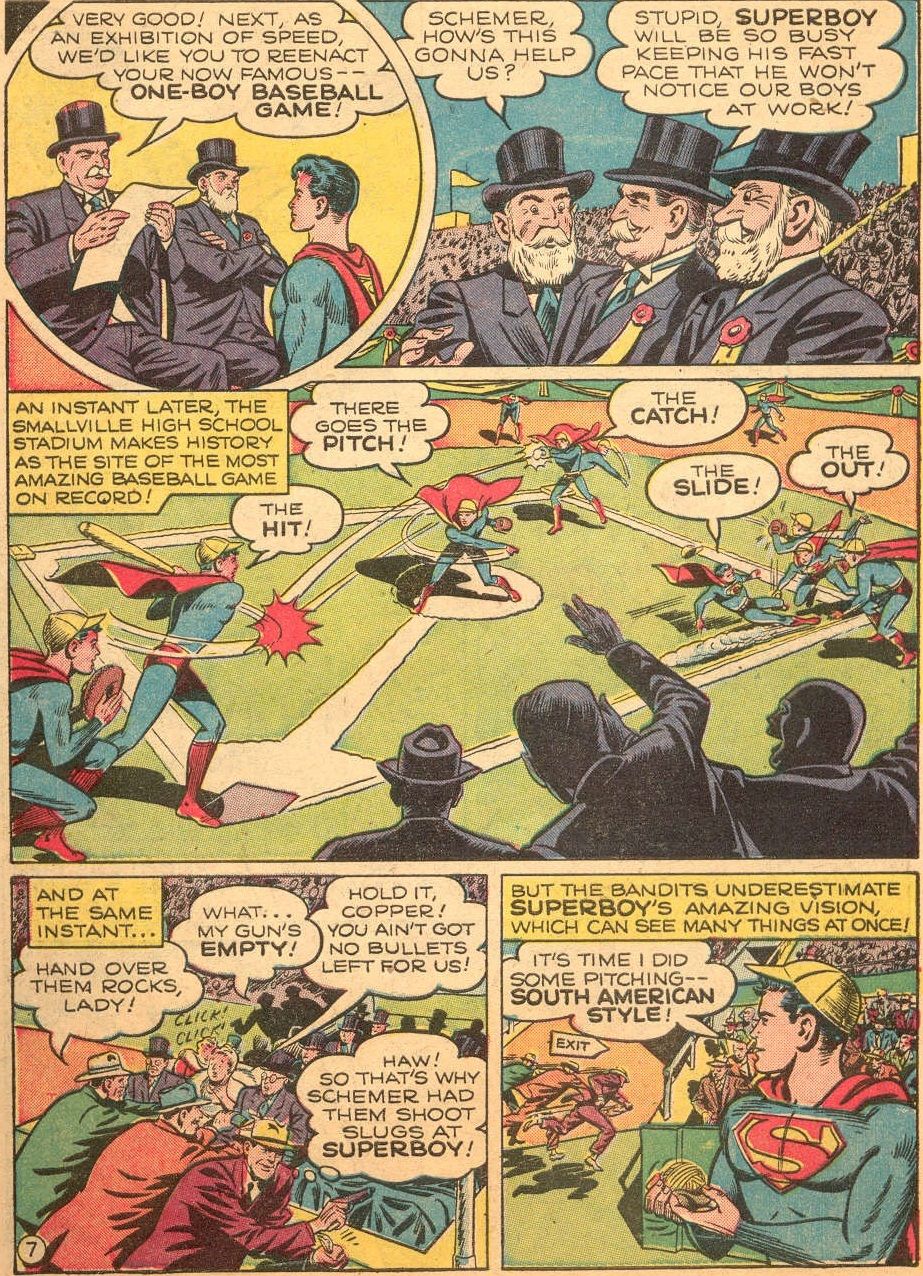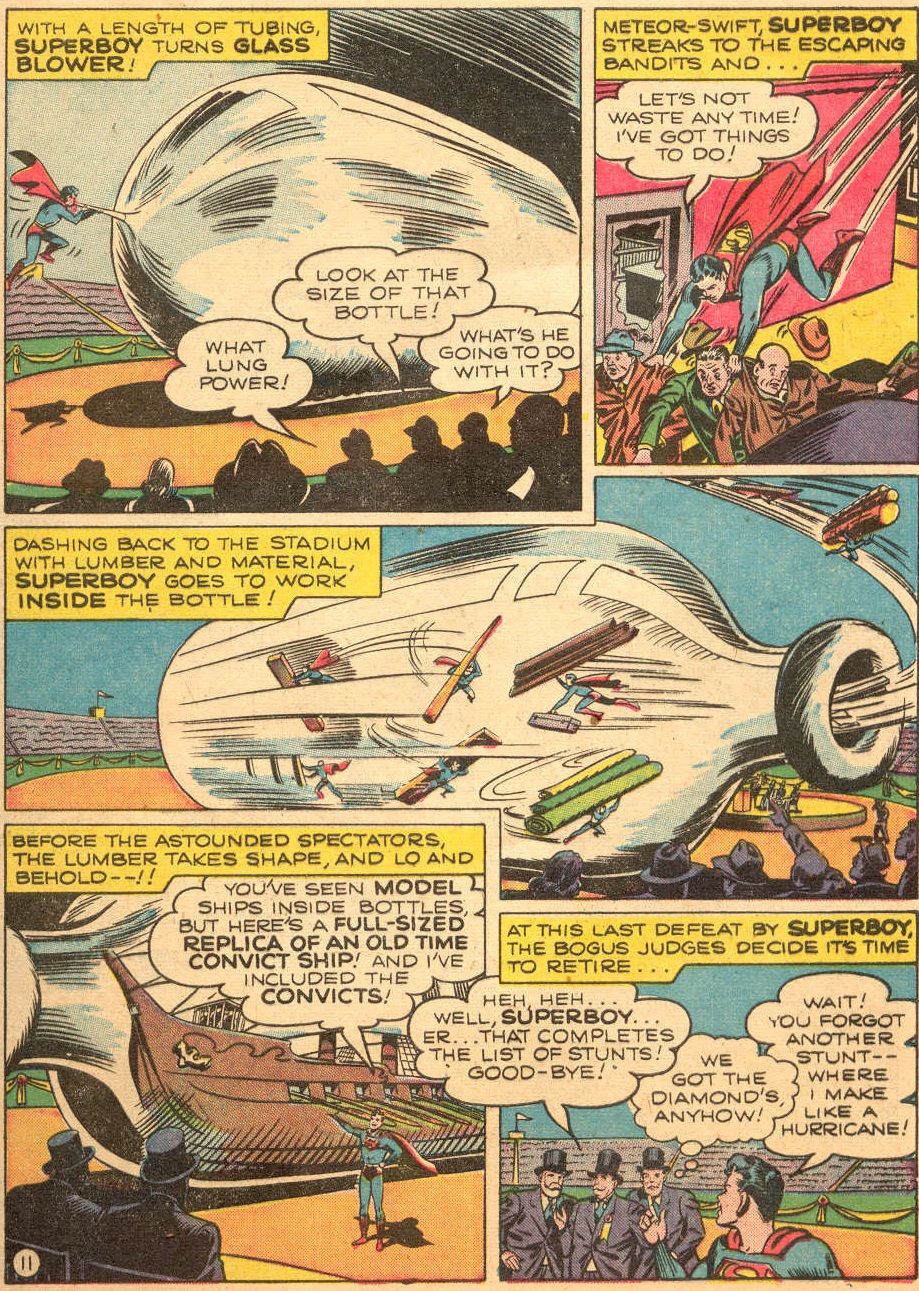Summary
- Superboy's debut in Smallville marked a major turning point for DC Comics
- Not much attention was initially put into the Superboy setup, leading to inconsistencies in character portrayal.
- Smallville was integrated into the Superboy series with a charming parade showcasing the hero's powers.
In every Look Back, we examine a comic book issue from 10/25/50/75 years ago (plus a wild card every month with a fifth week in it). This time around, we head back to March 1949 to see the first time that Smallville appeared in a comic book.
It is hard to quite explain just how big of a deal Superboy was to National Comics (now DC) in the late 1940s. The comic book industry was in a big sales slump, but superhero comics in particular were getting hit HARD. The two biggest superheroes, Superman and Batman, continued to do well, but pretty much everyone else (at both National and other comic book companies) were struggling BADLY. Wonder Woman was almost about to see one of her two comic books turn into a romance comic, Flash had lost his solo series, All-Flash Comics, but then lost his main series, Flash Comics, as well. Green Lantern was almost at the end of his solo series, and had already lost his feature in All-American Comics. Flash, Wonder Woman and Green Lantern had also lost their spots in the quarterly anthology series, Comics Cavalcade. It was a very hard time to be a superhero, and yet, Superboy was actually becoming MORE popular!
Earlier in 1949, Superboy became just the sixth DC superhero (after the aforementioned five heroes I just mentioned) to receive his own solo series (and, as noted, by this point, it was pretty much just three other heroes with solo books - Superman, Batman and Wonder Woman), and the first one after World War II. However, even as Superboy received his own series, it was clear that there was still a lot that DC didn't have quite set about Superboy, including his hometown, which only became Smallville in March 1949's Superboy #2!
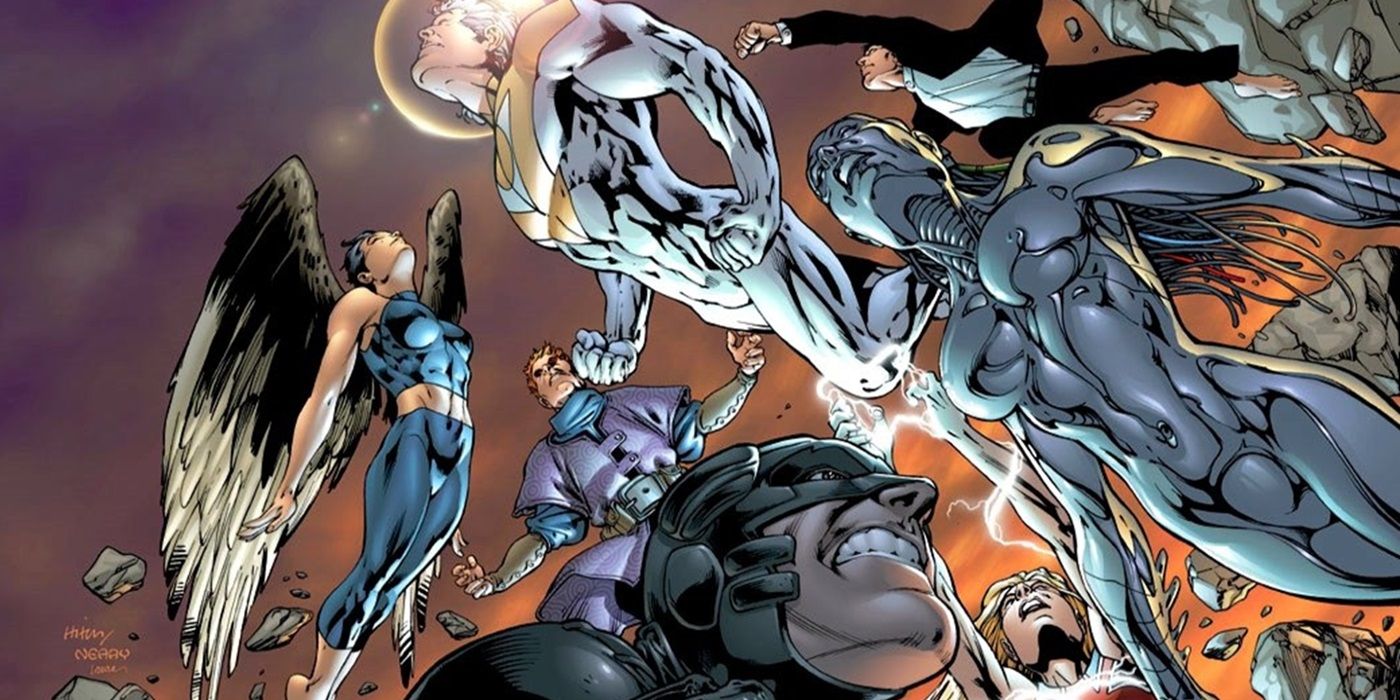
25 Years Ago, The Authority First Changed the World
A look back to 25 years ago, when The Authority made their bold debut on to the comic book landscapeWhere was Superboy's adventures set before they were set in Smallville?
When Jerry Siegel came up with the idea for Superboy, he really wasn't thinking any further than the idea that it would be hilarious to have a character with the powers of Superman, but without any of the responsibility. Siegel thought it was a hilarious concept to imagine a super powered kid who would use his powers for pranks, and stuff like that. It's no surprise that when Siegel was pushed out at DC after trying to regain the copyright to Superman for Joe Shuster and himself, their first post-National superhero was Funnyman, a superhero who...you guessed it, pulls pranks!
The thing is, the writers who wrote the series when it began as a feature in More Fun Comics #101 (before transitioning to Adventure Comics when More Fun Comics became a humor anthology) also didn't really seem to put a whole lot of thoughts into what Superboys' setup was. Teenage Clark Kent didn't wear eyeglasses, but sometimes he did. The stories were simply set in Metropolis (or even more half-assedly, sometimes just in an unnamed city), suggesting that Superman has been in the city for much longer than anyone ever though, as seen in this bit from Superboy #1...
However, at least by the time Superboy received his own solo series, Clark Kent had come to wear eyeglasses on a regular basis.
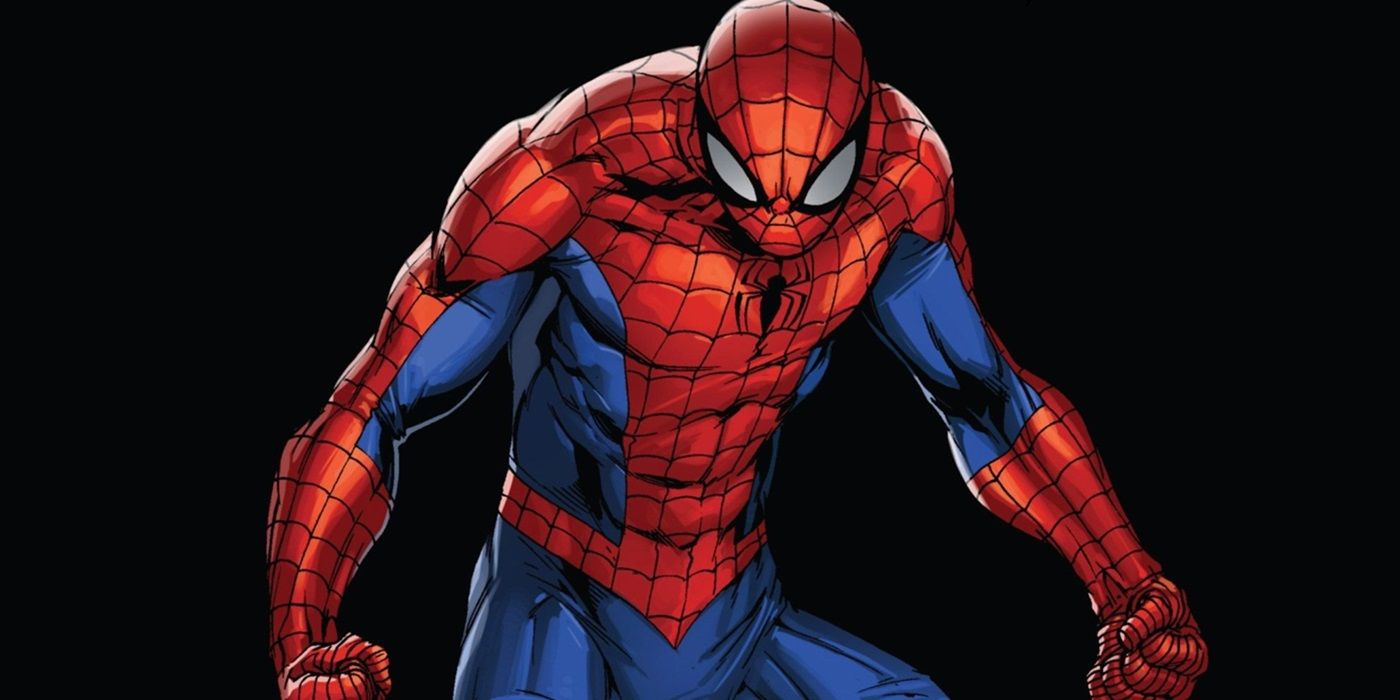
Ten Years Ago, Peter Parker Proved That He Was the 'Superior' Spider-Man
A look back to ten years ago, when Peter Parker finally returned to prove that he was, in fact, the "Superior" Spider-ManHow was Smallville introduced into the pages of Superboy?
Smallville made its debut in the first story in Superboy #2 (it also appeared in a second story later in the same issue, and it was also shown on the cover, as well, as you can see in the featured image for this article), as the town decided to devote a day to its hometown superhero...
It really makes you wonder why they took this long to give Superboy a special day, right? You would think METROPOLIS probably had Superman Days all of the time, and that's a giant, well, you know, metropolis, so a small town having a superhero would probably be the biggest thing the town has ever heard. I would imagine EVERY day would practically be Superboy Day!
They then had an adorable parade (the story was drawn by John Sikela and Ed Dobrotka, but the writer of the story has been lost to history), with Superboy thanking Smallville for the honor....
This then leads into a clever bit that probably went over really well with the mostly young audience of the series, as Superboy just shows off his powers in really creative ways. These are things that Superman could ALSO do, but it would often seem a bit off for the Man of Steel to just show off, but there's a different sense of innocence when it is Superboy doing it...
Then we get to the drama of the story, as a bad guy has taken the place of the judges of Superboy's various feats, and they plan on using Superboy's distractions while he commits the feats to commit crimes, but of course, Superboy is able to do his feats AND stop the criminals...
And in the end, we learn that Superboy is really just messing with the criminals. He saw through their disguise right from the start, but figured that if he went along with it, they would bring the other criminals TO him, and he could then take care of them one by one, which he did, while using some clever super feats to do so, like bowing a giant glass bottle to house the crooks in...
A very clever issue, and a wonderful introduction to Smallville!
If you folks have any suggestions for April (or any other later months) 2014, 1999, 1974 and 1949 comic books for me to spotlight, drop me a line at brianc@cbr.com! Here is the guide, though, for the cover dates of books so that you can make suggestions for books that actually came out in the correct month. Generally speaking, the traditional amount of time between the cover date and the release date of a comic book throughout most of comic history has been two months (it was three months at times, but not during the times we're discussing here). So the comic books will have a cover date that is two months ahead of the actual release date (so October for a book that came out in August). Obviously, it is easier to tell when a book from 10 years ago was released, since there was internet coverage of books back then.

